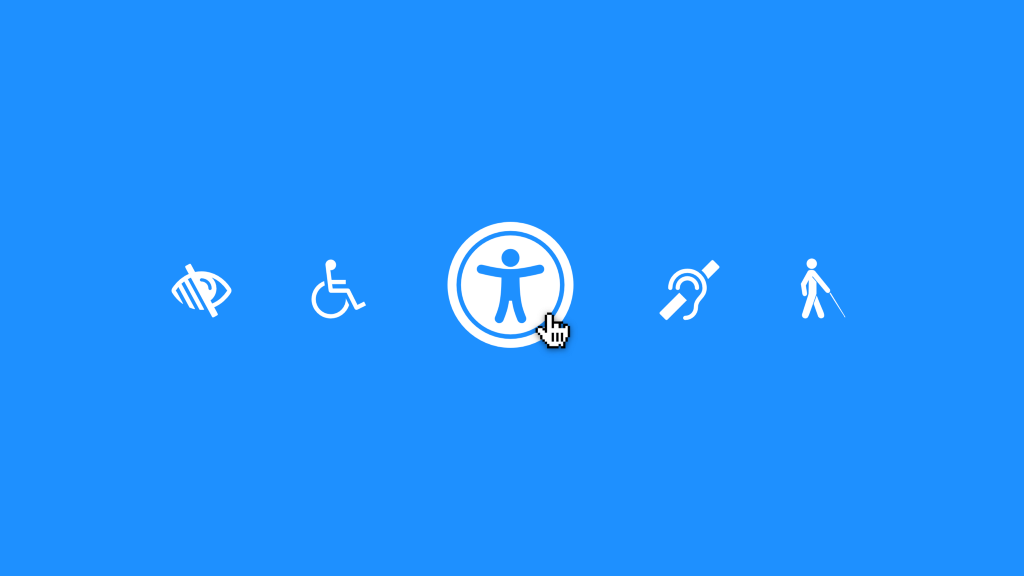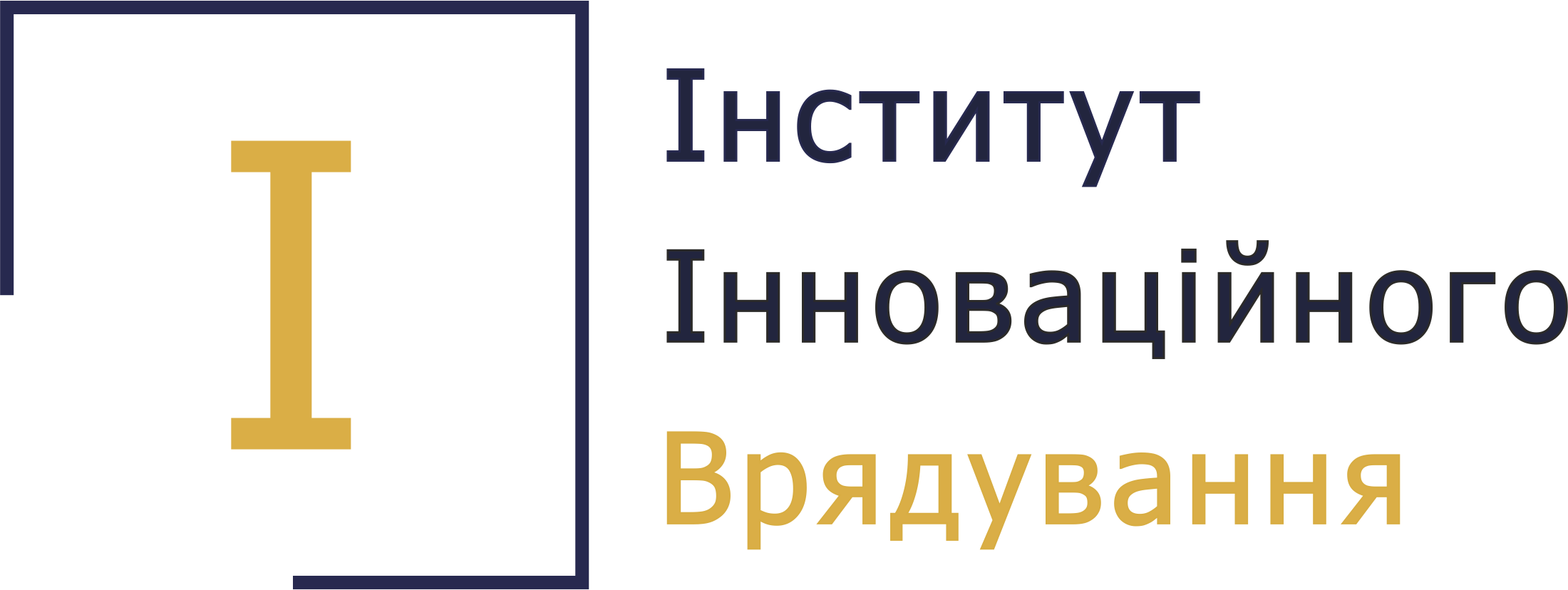
Most of the time, it is not enough to simply build a website. A successful business, organization, personal blog, or an e-commerce establishment page will need its viewers. With a strong brand identity and existing marketing channels, it becomes easier – product teams simply roll out a marketing campaign or engage with some social media marketing (SMM). However, new businesses face the challenge of being seen and “getting out there.” Most website developers recommend taking care of search engine optimization (SEO), which stands for a practice that aims to increase the quantity and quality of traffic to a website through organic search engine results. There are many things one must consider when working with SEO. However, a single base solution that all the tutorials rest upon is accessibility.
How does SEO work?
The algorithm that stands behind a Google search on any topic boils down to a matching process between all the data that the world wide web has with a query. There are multiple factors which are presented below (Figure 1) that contribute to the creation of what we know under the name of a search engine.
Figure 1. The Weighting of Thematic Clusters of Ranking Factors in Google.
The pie-chart shows 9 categories, which include Page-Level KW & Content Features (14.94%). Page-Level Link Features (19.5%), Domain-Level, Link Authority Features (20.94%), Domain-Level, Keyword-Agnostic features (5.21%), Domain-Level Keyword usage (6.98%), Social Metrics (7.24%), User, Usage, and Traffic/Quer Data (8.06%), Domain -Level Brand Features (8.59%), and Page-Level Keyword Agnostic Features (9.8%). Resource: https://moz.com/learn/seo/what-is-seo
The optimization simply explains making the most effective use of website features to attract search engines to the website and its content. Optimization usually takes many different forms. Among them, are improving the quality of title tags and meta descriptions, enhancing the efficacy of internal links and text, etc.
Accessibility and SEO
SEO can be zealous yet remains one of the most effective ways to drive sustainable traffic to a website. It develops over time. However, at its core, is the accessibility issue that many people neglect when starting to improve the website.
Rand Fishkin, Moz Inc. founder, has developed what his company calls the “Mozlow’s hierarchy of SEO needs”(Figure 2). In the very foundation of it, stands crawl accessibility, which defines the ability of engines to navigate and reach the content of a website. Keyword optimization, content, user experience, titles, and many other aspects of SEO are undoubtedly important. However, everything stems from the essential accessibility of the content, from where the matching process is initialized.
Figure 2. Mazlow’s Hierarchy of SEO Needs.
The illustration shows the hierarchy of SEO needs. At the bottom – essential for the ranking needs, while at the top, are needs that improve competitiveness. Crawl accessibility is at the very bottom of the pyramid. Source: https://moz.com/beginners-guide-to-seo
Besides, apart from the keyword search, Google now implements search algorithms that analyze the usability of a site, which will now affect a ranking online. As a result, user interface (UI) and user experience (UX) will gain more attention when working for the sake of SEO through implementing accessibility.
To check this in practice, we ran a quick inelaborate experiment. We have chosen the WAVE accessibility evaluation tool and checked the first 25 websites that Google gave out after we have initiated a search for the word “accessibility.” It is a small sample size, and there is genuinely a myriad of variables that are counted when ranking on Google is initialized. Hence, we do not put much value into the received results. We aimed to see how much the Mozlow’s hierarchy of needs influences Google ranking in practice.
The study has several important limitations like the chosen measures of accessibility (the number of errors given as an output by the WAVE software), the paid advertisement, brand perception and recognizability of institutions, limitations on the WAVE software itself, etc. Nevertheless, given that accessibility lies in the bottom of any ranking, the correlation between the number of errors that obstruct crawl accessibility needs to be somewhat representative and predictive of the ranking the website has.
However, the results we have received indicate that accessibility (measured as the number of errors and contrast errors combined) plotted against the website’s rank in the Google search results was not a significant variable. R2 was not noteworthy and did not explain the relationship between the website’s rank and its accessibility (Figure 3).
Figure 3. Accessibility and Google Ranking of the first 25 websites.
The graph plots the number of contrasts and errors that the WAVE software identified against the website’s rank on Google. The y-axis shows the number of errors with the x-axis showing the rank of the website. The trend is slightly negative, which disproves the hypothesis.
The same experiment was done with the websites located on eight’s page (a random selection) and further of the Google search on the word “accessibility.” The results are even less supportive than those of the first 25 websites of the search (Figure 4).
Figure 4. Accessibility and Google Ranking of the first 25 websites starting from page eight.
The graph plots the number of contrasts and errors that the WAVE software identified against the website’s rank on Google. The y-axis shows the number of errors with the x-axis showing the website’s rank (starting page 8 of the Google search). The trend is negative, which further disproves the hypothesis.
The results of this quick research have not supported our hypothesis of accessibility significantly influencing the search engine rank of a website. However, many confounding variables and noise were neglected. Additionally, search engine algorithms analyze a number of other factors alongside the number of errors. are far more sophisticated than simply analyzing the number of errors. Hence, the results of the experiment cannot adequately represent the impact.
Other studies
As stated before, the experiment that we have run was not entirely scientific or backed up by a significant amount of research. That is why a certain amount of noise and the used software may have altered the results and the trend that we were looking for, proving that search engine algorithms are far more complex. However, many prominent recent studies were able to separate the effects of accessibility and find the relationship between the Google ranking and web accessibility.
For instance, Moreno and Martinez (2013) analyzed the overlapping features between SEO and website ranking in search engines and have established that web design accessibility needs to serve as a foundation for any SEO project undertaken since search engines do interpret web accessibility as an indicator of quality.
Kia Lieke (2020) from Tampere University has concluded that “good information architecture and accessibility can have a positive impact on how the website performs in search engine rankings.” She used an analysis comparing different university websites and concluded that it could be assumed that a combination of accessibility and usability into social inclusiveness can have a significant effect on how the website performs in search engines.
Finally, another study by López-Arceiz and colleagues (2017) in Spain have concluded that transparency, which is understood as online accessibility, assists in raising financial resources, and enhances economic and social achievements. The results mean that the accessibility of a website improves the performance of organizations not only online, but also in the physical environment.
Recommendations
To improve on the SEO optimization, it is recommended to focus on the text, buttons, and videos being supported by the alternative text, so that the search engines are able to understand the content of all the elements of the web page that are reachable. Furthermore, the use of structural elements that sort information on your website and organize it appropriately will help search engines go through the content systematically without missing important bits of information. Finally, implementing accessible rich internet applications (ARIA) will ease the access of both individuals with disabilities and engines and transform them to become user-friendly.
Conclusion
SEO may be a useful tool. Website ranking in search engines does have various features that demand attention and improvement. However, the basis for effective SEO practices implementation lies in the web accessibility as search engines continue improving and count accessibility as a significant indicator of the website quality. It may not be evident that accessibility plays a significant role. Nevertheless, more and more studies support these findings, and website development courses continue pointing out the necessity of UI transformation to fit everyone’s needs.
By Anastasia Tokar

